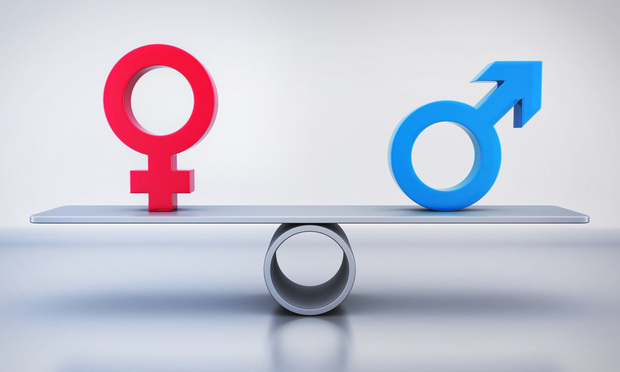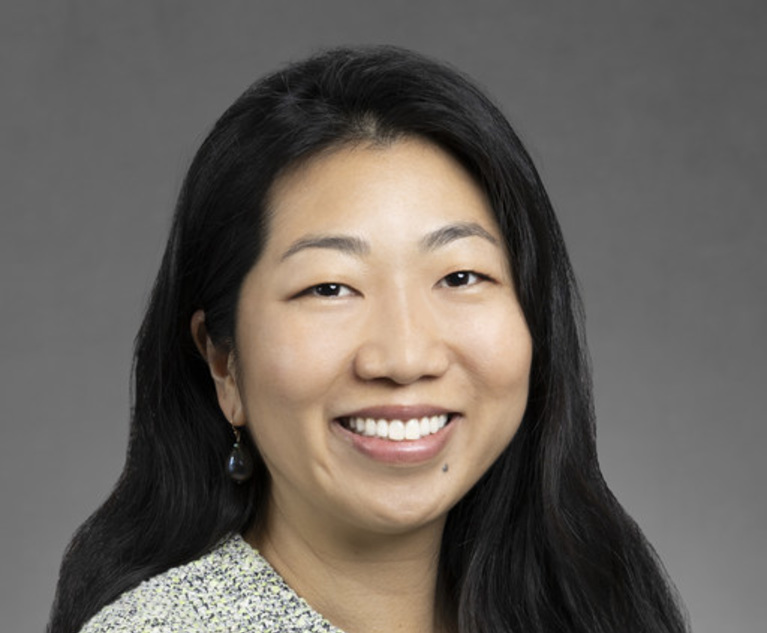 As we learned (and some of us to our shame only recently), the New York State Unified Court System has put its seal of approval on efforts first undertaken by the New York State Task Force on Women in the Courts culminating in all-out efforts to cleanse our language of its male domination. Thus, the booklet entitled “Fair Speech—Gender-Neutral Language in the Courts,” appeared in 1991 and the New York State Judicial Committee on Women in the Courts” (the Committee) published a second edition. The booklet is being distributed in a number of court rooms. Its purpose is lofty: One should take note of the long-enduring discrimination against women in the courts and make an effort to employ speech that promotes evening the playing field.
As we learned (and some of us to our shame only recently), the New York State Unified Court System has put its seal of approval on efforts first undertaken by the New York State Task Force on Women in the Courts culminating in all-out efforts to cleanse our language of its male domination. Thus, the booklet entitled “Fair Speech—Gender-Neutral Language in the Courts,” appeared in 1991 and the New York State Judicial Committee on Women in the Courts” (the Committee) published a second edition. The booklet is being distributed in a number of court rooms. Its purpose is lofty: One should take note of the long-enduring discrimination against women in the courts and make an effort to employ speech that promotes evening the playing field.
Lest we think that only New York women are concerned with this issue, we point to “Guidelines for Practicing Gender Neutral Courtroom Procedure,” by the Supreme Court of Texas Gender Task Force and the Golden Gate University School of Law, GGU Law Digital Commons have weighed in. The latter’s author, Leslie M. Rose, in “Supreme Court and Gender Neutral Language,” suggested that the Supreme Court should be more forceful in setting standards employing gender-neutral speech. In short, a virtual revolution in the employment of court room language is taking place. How is the implementation of this new language fairing? What is the level of compliance? Do the ends justify the means? What does the opposition have to say?






